By_shalini oraon

—
Iconic Comedy Star Asrani Dead at 84: Angrezon Ke Zamane Ka Jailor Rests in Peace
The curtain fell on a golden era of Indian cinema on Tuesday, as the news of veteran actor Asrani’s passing at the age of 84 sent waves of grief and nostalgia across the nation. The man whose face alone could trigger a smile, whose voice—a unique, high-pitched, and wonderfully expressive instrument—was the soundtrack to countless childhoods, has taken his final bow. With his departure, the iconic “Angrezon Ke Zamane Ka Jailor” from Sholay has finally been released from his cinematic duties, leaving behind a legacy etched not in solemnity, but in sheer, unadulterated joy.
Asrani, born in 1942 in Rajasthan, was not an actor destined for the typical leading man trajectory. His genius lay in his everyman quality, his ability to embody the common man caught in absurd situations, and his impeccable timing that could elevate a simple line of dialogue into an immortal punchline. He was a product of the prestigious Film and Television Institute of India (FTII), a fact often overshadowed by his comedic fame, but one that speaks volumes about the craft and discipline he brought to every role.
The Jailor Who Stole the Show
To speak of Asrani is to inevitably begin with Sholay (1975). In a film packed with titans—Amitabh Bachchan’s angry young man, Dharmendra’s charming rogue, Amjad Khan’s menacing Gabbar Singh—Asrani, as the bumbling Jailor, had a mere ten minutes of screen time. Yet, he carved out a place in cinematic history so indelible that it became his unofficial title for life. His portrayal of the pompous, English-speaking, and hopelessly out-of-depth warden was a masterpiece of satire. The affected accent, the exaggerated pride in his “Angrezon ke zamane ka” heritage, and the sheer physical comedy of his interactions with Jai and Veer created a character that was both hilarious and strangely endearing. He wasn’t just a punchline; he was a commentary on a bygone era’s lingering absurdity, and he played it to perfection. The line, “Hum Angrezon ke zamane ke jailor hain,” is not just a dialogue; it is a cultural heirloom.
Beyond Sholay: The Architect of Laughter
To confine Asrani’s legacy to Sholay would be a grave injustice. He was the quintessential comedic pillar of the 1970s and 80s, a favourite of legendary directors like Hrishikesh Mukherjee and Gulzar, who saw in him not just a comedian, but a fine actor.
In Hrishikesh Mukherjee’s Abhimaan (1973), he played the supportive friend to Amitabh Bachchan, showcasing a warmth and subtlety that proved his range was far broader than just comedy. Yet, it was in Mukherjee’s Chupke Chupke (1975) that he delivered another career-defining performance. As the mischievous, poetry-spouting driver, Habilal Ghatge, he was the perfect foil to Dharmendra’s professor pretending to be a driver. His deadpan delivery of convoluted Urdu couplets and his constant, bewildered state created a comic rhythm that was in perfect sync with the film’s sophisticated humour.
His collaboration with Gulzar yielded gems like Mausam and Kitaab, but it was in Khotey Sikkay (1974) that he played a rare double role, demonstrating his versatility. He worked across genres, bringing his unique charm to films as diverse as Bawarchi, Mili, and Rang Birangi. In Manmohan Desai’s Amar Akbar Anthony (1977), his brief cameo as a ham actor in a play added another layer of meta-theatrical fun to the film’s chaotic energy.
The Voice, The Face, The Genius
Asrani’s comedy was never loud or crass. It was rooted in observation and an innate understanding of human folly. His signature high-pitched voice was not a gimmick but a tool he wielded with the precision of a master violinist. It could convey panic, indignation, pride, or joy with a single squeak. His expressive eyes and rubbery face could tell a whole story without a single word being uttered. He represented a school of comedy where the actor became the character, no matter how ridiculous, and played it with a conviction that made the audience believe in the reality of that ridiculousness.
In the later part of his career, he gracefully transitioned into character roles, often playing fatherly figures, but the twinkle of the mischievous comedian never left his eyes. He continued to work in films like the Dhamaal series and more recent projects, proving his timeless appeal.
More Than Just an Actor
Asrani was also one-half of a beloved cinematic couple, married to actress Manjula, with whom he shared the screen in several films. Their partnership was one of the enduring love stories of the film industry. In his personal life, he was known as a gentle, humble, and gracious man, far removed from the chaotic characters he often portrayed. This humility made him all the more beloved by his peers and fans.
His passing is not just the loss of a great actor; it is the fading of a specific shade from the palette of Indian cinema. It marks the end of an era of character-driven comedy, where laughter was derived from well-written parts performed by actors of immense calibre, not just from slapstick or situational gags. He was a bridge between the parallel cinema’s seriousness and commercial cinema’s masala, proving that artistry and mass appeal could coexist in a single frame.
As the news of his resting in peace spreads, one can almost imagine a celestial scene: a bumbling jailor, finally meeting his match in a pair of celestial conmen, his high-pitched protests echoing through the heavens, making the angels laugh. Asrani may have left the stage, but the house lights will never truly dim on his legacy. For as long as Indian cinema is watched, the Angrezon Ke Zamane Ka Jailor will live on, a timeless custodian of laughter, reminding us all of the pure, uncomplicated joy of a good chuckle. He wasn’t just an actor; he was a feeling. And that feeling is immortal.
Discover more from AMERICA NEWS WORLD
Subscribe to get the latest posts sent to your email.
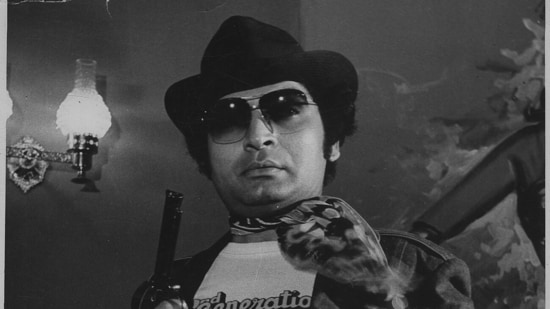

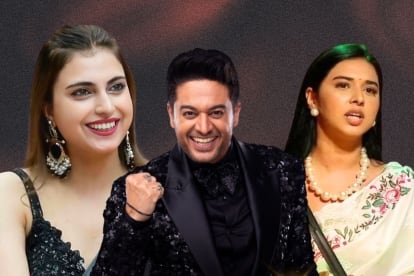















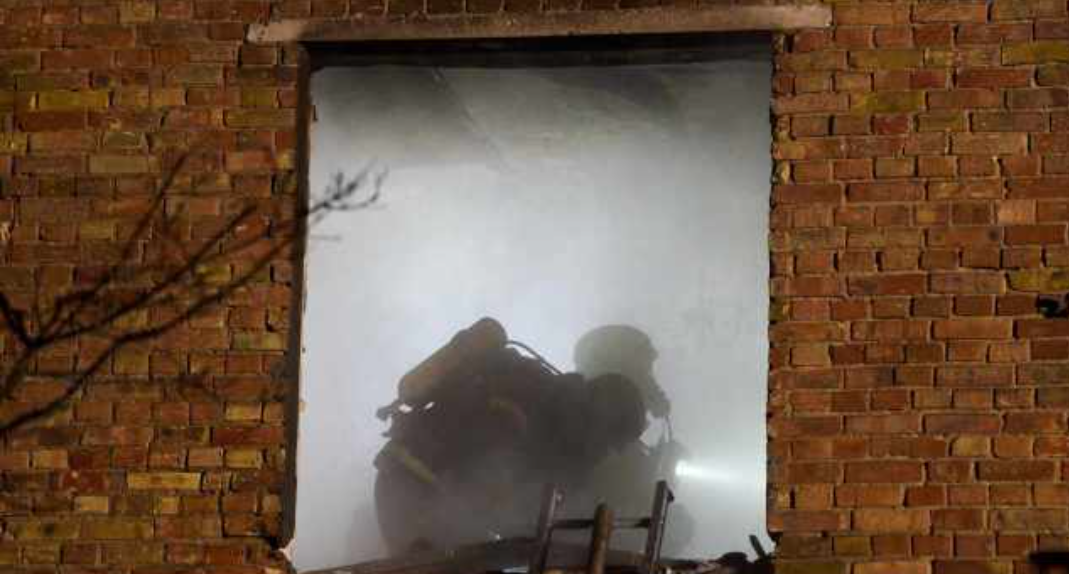
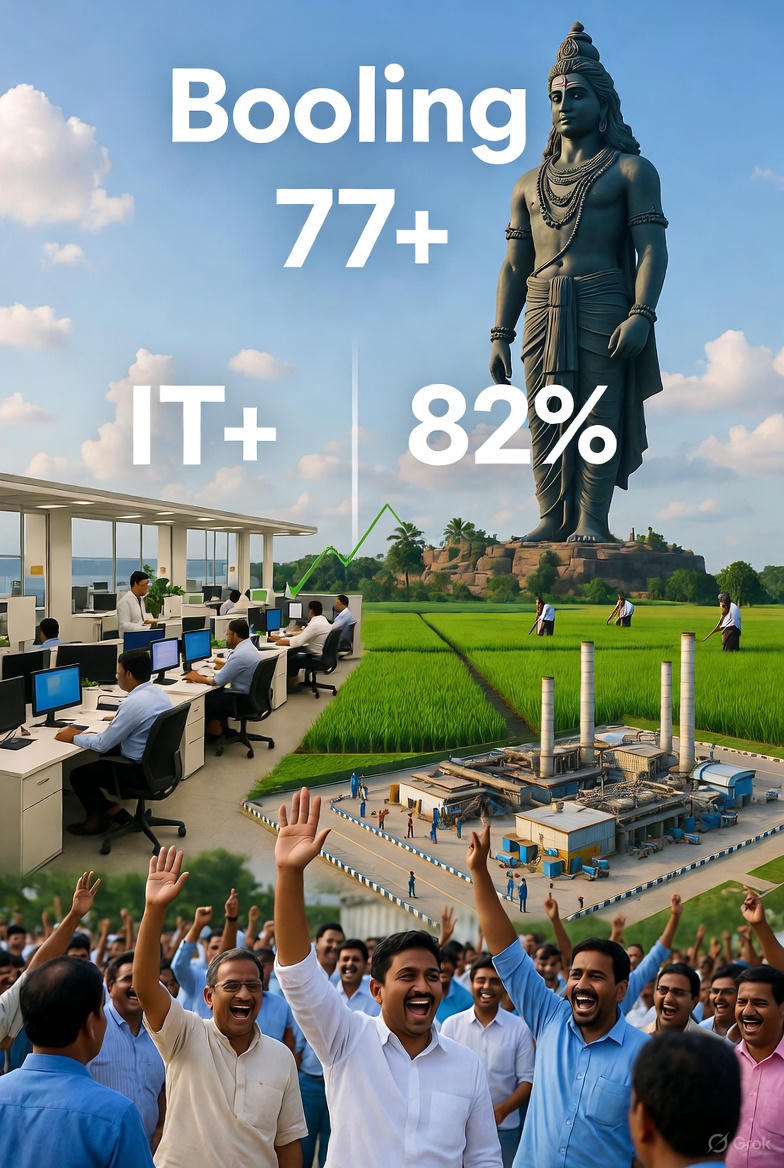






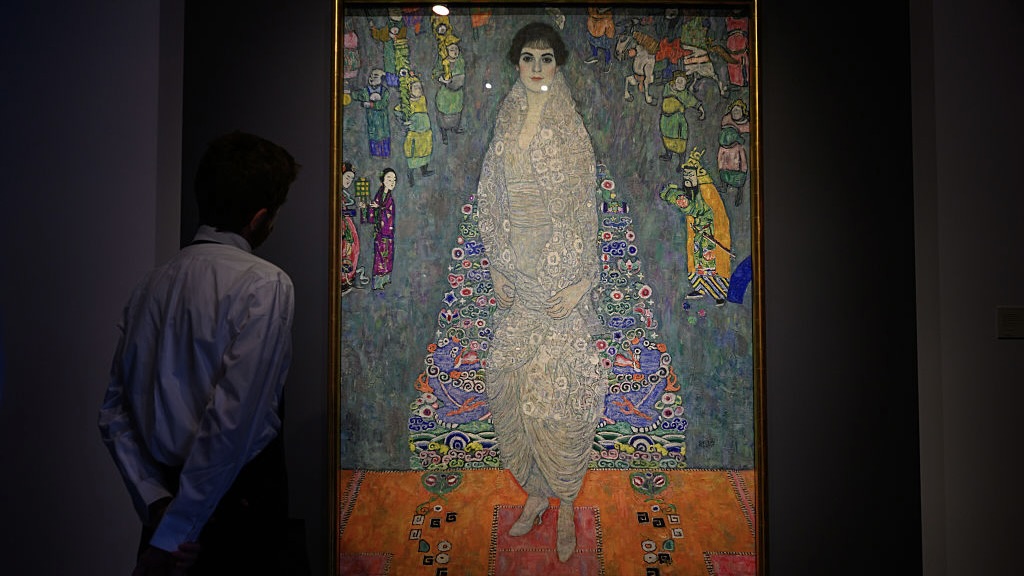




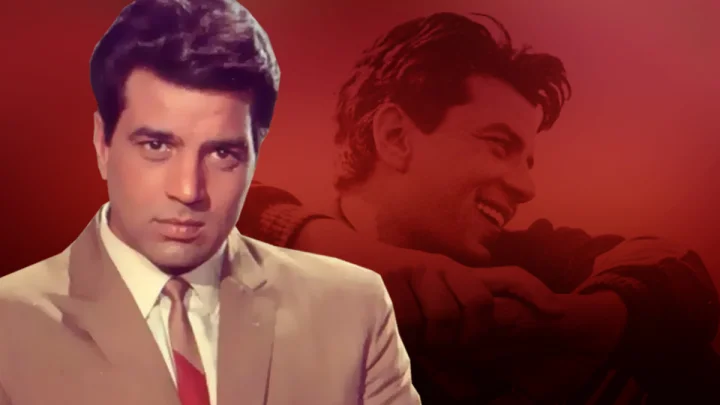

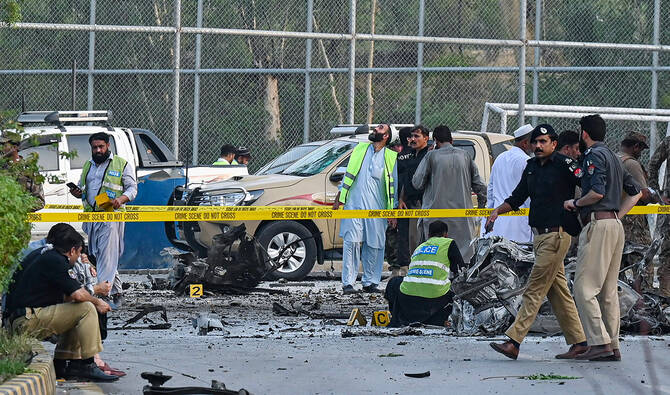







Leave a Reply